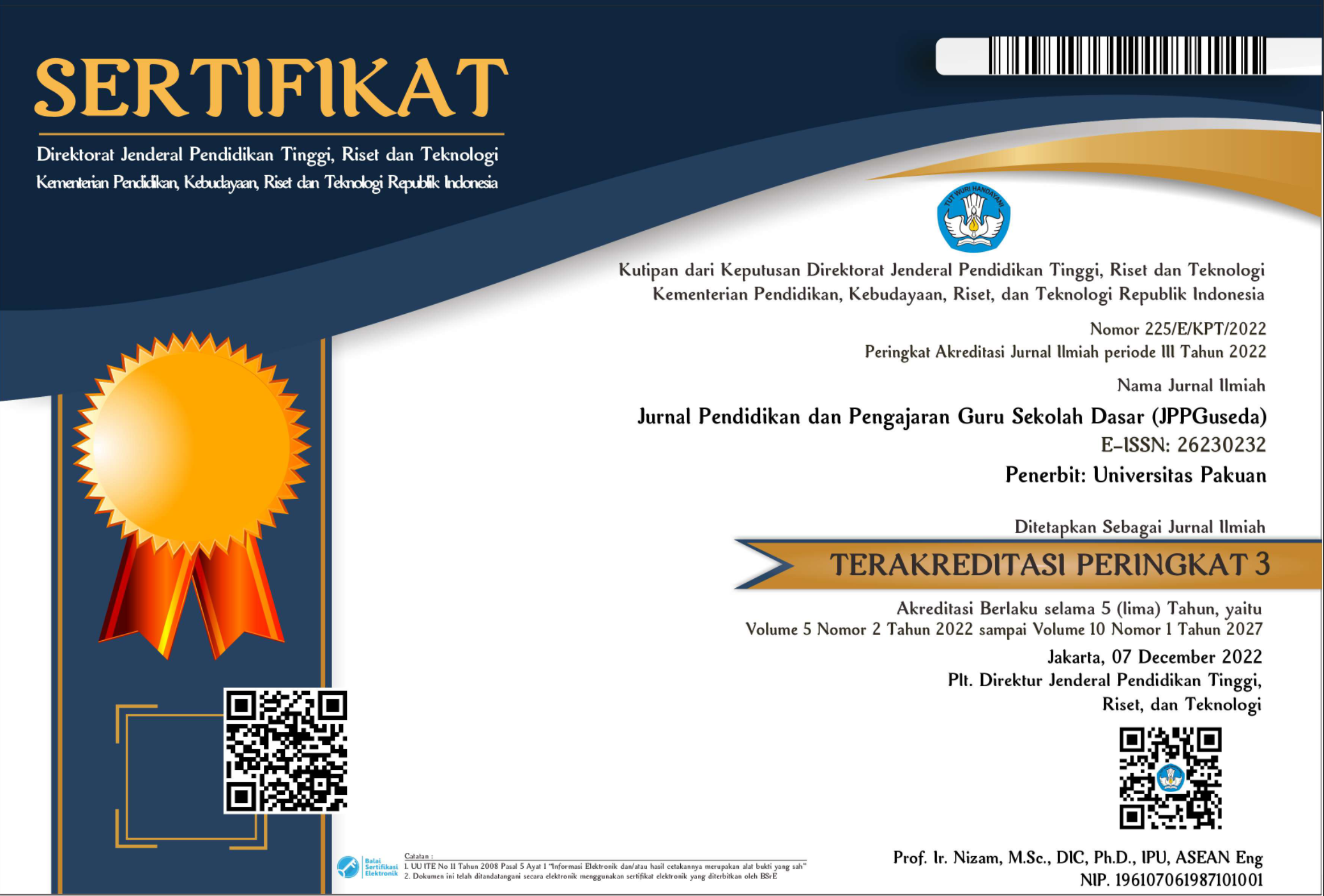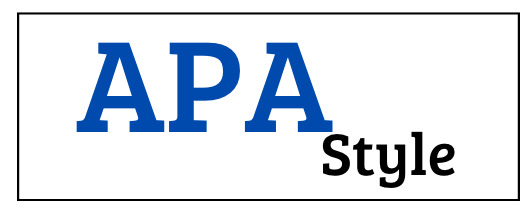PENERAPAN MODEL COOPERATIVE LEARNING TIPE NUMBERED HEAD TOGETHER UNTUK MENINGKATKAN HASIL BELAJAR SISWA PADA MATA PELAJARAN IPA MATERI SISTEM REPRODUKSI MANUSIA DI KELAS IX SMP NEGERI 5 BOGOR
Abstract
APPLICATION OF THE NUMBERED HEAD TOGETHER COOPERATIVE LEARNING MODEL TO IMPROVE STUDENT LEARNING OUTCOMES IN SCIENCE SUBJECTS HUMAN REPRODUCTIVE SYSTEM MATERIAL IN CLASS IX OF JUNIOR HIGH SCHOOL (SMP N 4 KOTA BOGOR)
This study departs from field observations, that the learning outcomes and students' understanding of the concept of the Human Reproductive System in science learning in class IX E SMP Negeri 5 Bogor are still low. The learning model is a major contributor to consider in order to improve student learning outcomes. This study aims to (1) improve student learning outcomes, (2) find out whether the Cooperative Learning type Numbered Head Together is the right learning model for Science Subjects Human reproductive System Material, (3) Knowing the magnitude of the increase in student learning outcomes, which measured as the percentage of the number of students who score ≥ 80 or meet the standard minimum completeness criteria. The Learning Model is applied to students of Class IX E SMP Negeri 5 Bogor Semester I of the 2019/2020 academic year, and is carried out in 2 cycles. The results showed that using the Cooperative Learning type Numbered Head Together model could significantly improve the learning outcomes of students in Class IX E SMP Negeri 5 Bogor. Before using the Numbered Head Together Cooperative Learning model, only 26.32% of students scored ≥ 80 (fulfilling the Minimum Completeness Criteria value standard), this figure increased after using the Numbered Head Together Cooperative Learning model to become 65.79% in the cycle. I and 100% in cycle II. The application of this Learning Model makes the learning material more interesting and the classroom atmosphere more enjoyable for students, and in the end it can increase students' understanding of the material and the value of students in evaluation. Therefore, the researcher recommends the use of the Numbered Head Together Cooperative Learning model in science learning in schools in the Bogor City Education Office.
Keywords
References
Syah, Muhibbin. Psikologi Belajar, Jakarta: PT. Raja Grafindo Persada, 2003.
Daryanto dan Rahardjo, Muljo. Model Pembelajaran Inovatif. Yogyakarta: Gava Media, 2012.
R. Pertiwi and Y. Suchyadi, Implementasi Program Pendidikan Karakter Di Sekolah Dasar Negeri Lawanggintung 01 Kota Bogor,†J. Pendidik. Pengajaran Guru Sekol. Dasar (JPPGuseda ), vol. 02, pp. 4146, 2019.
Suyono dan Haryanto. Belajar dan Pembelajaran, Bandung : PT. Remaja Rosdakarya, 2011.
Nasution, S. Berbagai Pendekatan dalam Proses Belajar dan Mengajar. Jakarta: PT. Bina Aksara,1982
Qurtubi, A. Perencanaan sistem pengajaran. Tangerang: PT BHS, 2009.
Hamalik, Oemar. 2010. Proses Belajar Mengajar. Jakarta: PT Bumi Aksara.
Agus Suprijono, Cooperative Learning: Teori dan Aplikasi PAIKEM, Yogyakarta: Pustaka Pelajar, 2010.
Aris shoimin. 2014. Model Pembelajaran Inovatif Dalam Kurikulum 2013.Yokyakarta: AR-ruz media.
Kunandar. 2008. Langkah Mudah Penelitian Tindakan Kelas: Sebagai Pengembangan Profesi Guru.Jakarta: Rajawali Pers.
Mulyatiningsih, Endang. 2011. Metode Penelitian Terapan Bidang Pendidikan. Bandung: Alfabeta.
DOI: 10.55215/jppguseda.v3i2.3350
 Abstract views : 304
Abstract views : 304
Refbacks
- There are currently no refbacks.
Copyright (c) 2021 Jurnal Pendidikan dan Pengajaran Guru Sekolah Dasar (JPPGuseda)

This work is licensed under a Creative Commons Attribution-NonCommercial 4.0 International License.




















